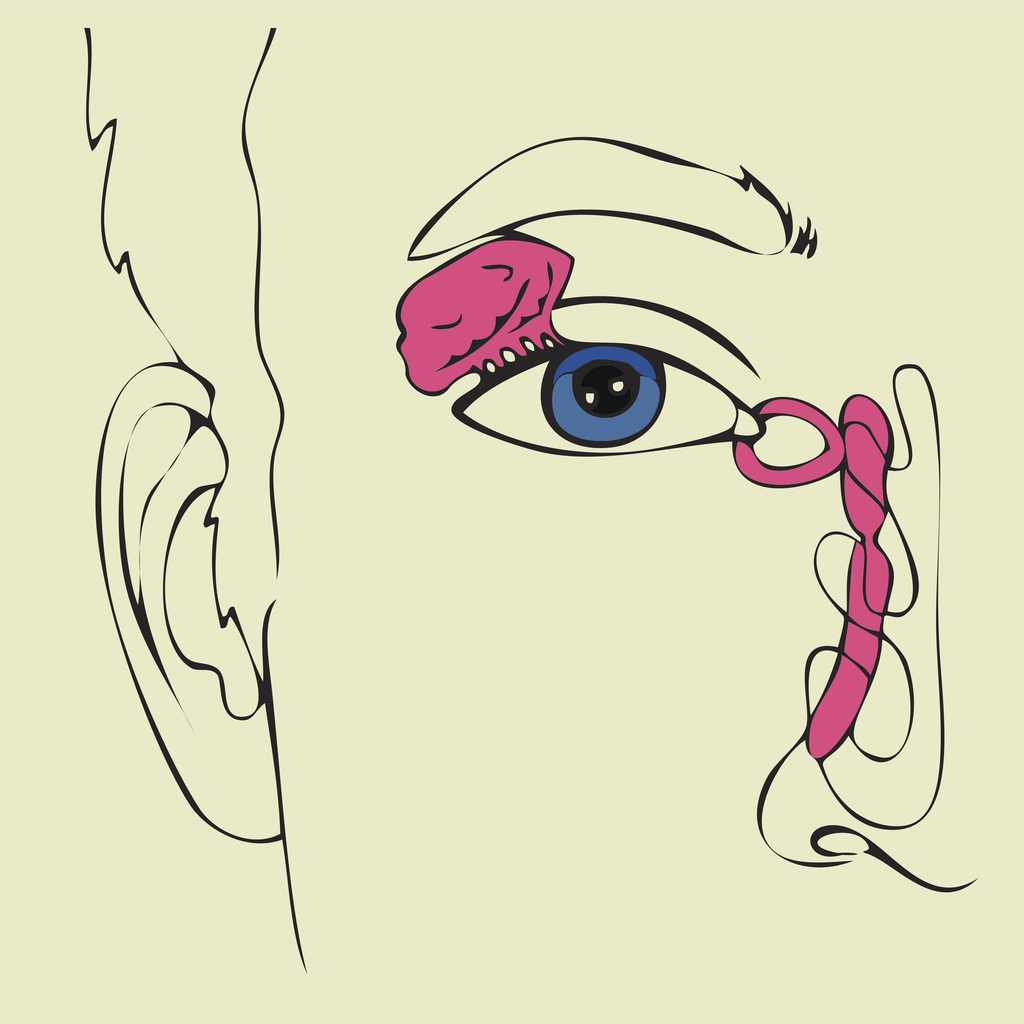Should You Get Nasolacrimal Surgery?
Nasolacrimal surgery is a procedure that helps patients with tear duct blockage. If you notice that you cannot properly cry or your eyes are constantly watering without leaking, you might be dealing with a blocked duct. There are a few reasons why you might be experiencing nasolacrimal obstruction. It is essential to identify what is causing this unhealthy buildup. After speaking with our surgeon, you will know if you should get nasolacrimal surgery.
Nasolacrimal surgery should be performed by a reconstructive plastic surgeon who has plenty of experience with this procedure. Learn more about the common symptoms and causes of tear duct blockage and find out what nasolacrimal surgery entails by reading the article below.
Causes of Tear Duct Obstruction
Your nasolacrimal duct is responsible for the release of tears, which drain toxins and other debris from your eye. Tears are necessary if you want to keep your eyes and ducts as healthy as you can. While this does not mean you need to start crying every day, it can be a cause for concern if you cannot cry at all.
Your tear ducts might be obstructed for a number of reasons. First, you might be born with a congenital condition. It is common for babies to be born with blocked tear ducts, for example. This usually is not a cause for concern since the tear ducts become naturally unblocked within a year or so. However, you might have also had a physical injury or trauma that damaged this part of your face. Certain ailments and even some medical treatments can also cause the tear ducts to get blocked.
Symptoms of Nasolacrimal Blockage
If you are struggling with tear duct blockage, you should go down this list of symptoms to see if your case is so severe that it warrants nasolacrimal surgery. There is a difference between finding it difficult to cry and having a real blockage that allows debris to build up in your tear ducts.
Some of the most common symptoms of a blocked tear duct include:
- Redness and puffiness around the eyes, especially the lower eyelids
- Your eyes are constantly tearing up.
- Your vision gets blurry.
- There is mucous coming from your eyes.
- You are consistently swollen or irritated around the eyes.
- You cannot properly blink.
- You get eye infections often, including conjunctivitis (pinkeye)
If you are experiencing these symptoms, contact your doctor immediately. Depending on how long you have dealt with these issues, you might need urgent treatment.
What Nasolacrimal Surgery Entails
The doctor will perform a series of tests to properly diagnose you with blocked nasolacrimal ducts. This usually includes eye irrigation, vision tests, and other types of imaging. After determining the extent of your blockage, a treatment plan will be suggested. Antibiotic eye drops, and rest can sometimes relieve the blockage. In other cases, nasolacrimal surgery might be necessary.
Dacryocystorhinostomy
Tear duct surgery, also called DCR, works in one of two ways. It can either repair a blocked tear duct or create an alternate pathway for tears to flow down, essentially solving the blockage problem. You can speak with your doctor about whether or not you want to bypass your current blockage or get rid of it completely.
This surgical procedure requires anesthesia during surgery. Your surgeon may use external techniques or may need the assistance of a tube that goes up your nose during the procedure. Depending on the severity of your needs, you can avoid visible scar tissue as soon as you are healed.
Recovery Time
Once you wake up from your procedure, you will feel a little uncomfortable. There may be gauze in your nose to prevent bleeding and other bandages around your face. You should be able to go home on the same day. Make sure you take your prescribed antibiotics and eyedrops home with you, as you should start with them right away.
As long as you follow your doctor’s instructions following surgery, you should have a quick and easy recovery. Most of our patients heal up within a few weeks, boasting beautiful results and enjoying your newly repaired nasolacrimal ducts.
Fix Your Tear Ducts with Nasolacrimal Surgery Today
The symptoms of a blocked tear duct can be frustrating and painful. If you are tired of consistently swelling and tearing up, it might be time to unblock your tear duct with our innovative surgical procedures. Visit Dr. Jennifer Murdock’s office to learn more about tear duct blockage and the appropriate treatment plan for you.

Leave a Reply